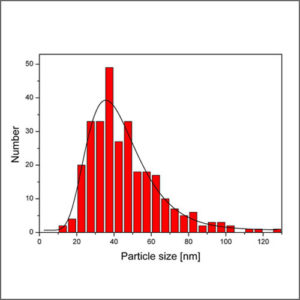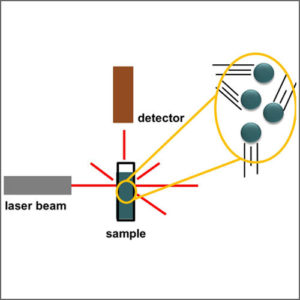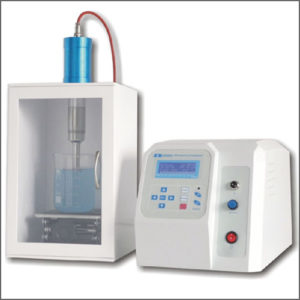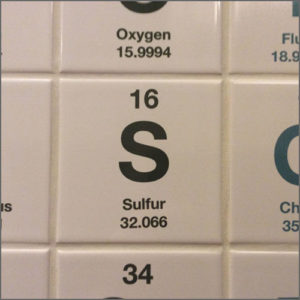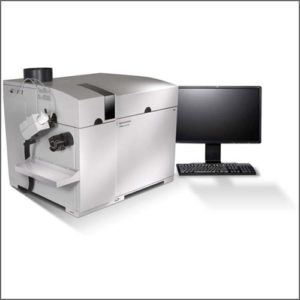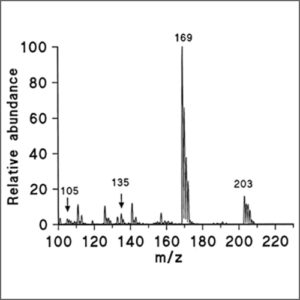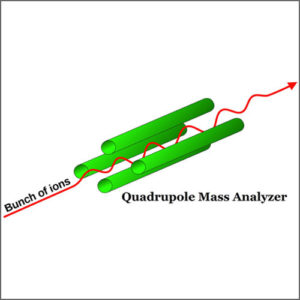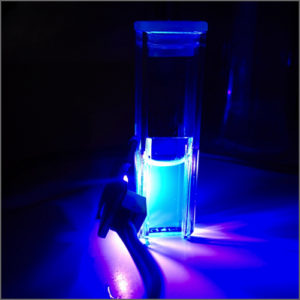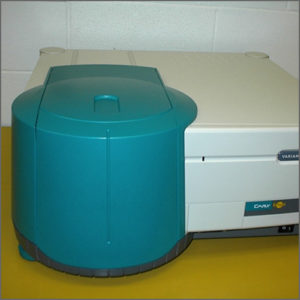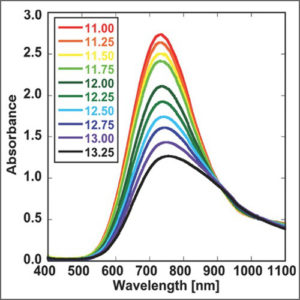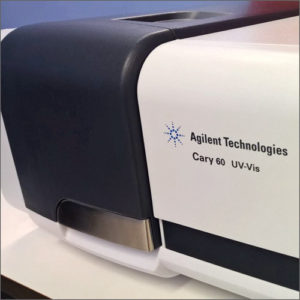Laser Light Scattering (LLS)
Laser light scattering (LLS) is used to determine size of various particles including proteins, polymers, micelles and nanoparticles.
- Description
|
Testing Method |
Laser Light Scattering (LLS) |
|
Description |
Laser light scattering (LLS) is a technique to characterize macromolecules and a wide range of particles in solution. In contrast to many other methods for characterization, LLS does not require outside calibration standards. Two different types of basic light scattering methodologies can be used for characterization.
(1) Dynamic light scattering (DLS) is a technique in physics that can be used to determine the size distribution profile of small particles in suspension or polymers in solution. In the scope of DLS, temporal fluctuations are usually analyzed by means of the intensity or photon auto-correlation function (also known as photon correlation spectroscopy or quasi-elastic light scattering). DLS can also be used to probe the behavior of complex fluids such as concentrated polymer solutions.
DLS is used to characterize size of various particles including proteins, polymers, micelles, carbohydrates, and nanoparticles. If the system is not disperse in size, the mean effective diameter of the particles can be determined. This measurement depends on the size of the particle core, the size of surface structures, particle concentration, and the type of ions in the medium.
(2) Static light scattering is a technique in physical chemistry that measures the intensity of the scattered light to obtain the average molecular weight Mw of a macromolecule like a polymer or a protein in solution. Static light scattering is also commonly utilized to determine the size of particle suspensions in the sub-μm and supra-μm ranges, via the Lorenz-Mie and Fraunhofer diffraction formalisms, respectively. For static light scattering experiments, a high-intensity monochromatic light, usually a laser, is launched in a solution containing the macromolecules. One or many detectors are used to measure the scattering intensity at one or many angles. The angular dependence is required to obtain accurate measurements of both molar mass and size for all macromolecules of radius above 1–2% the incident wavelength. Hence simultaneous measurements at several angles relative to the direction of incident light, known as multi-angle light scattering (MALS) or multi-angle laser light scattering (MALLS), is generally regarded as the standard implementation of static light scattering.
To measure the average molecular weight directly without calibration from the light scattering intensity, the laser intensity, the quantum efficiency of the detector, and the full scattering volume and solid angle of the detector needs to be known. Since this is impractical, all commercial instruments are calibrated using a strong, known scatterer like toluene since the Rayleigh ratio of toluene and a few other solvents were measured using an absolute light scattering instrument. |
|
More Information |
Wikipedia: Dynamic Light Scattering ; Static Light Scattering |

